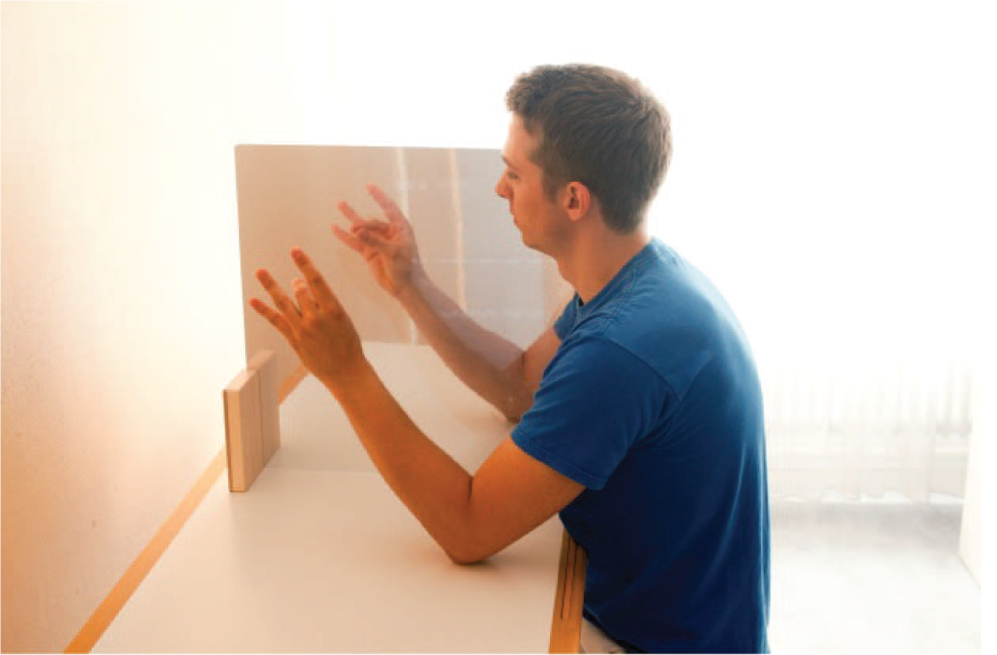
Deploying Robots for Pest Control in Greenhouses
March 27, 2021
UVC Sterilization For Dental Offices
April 1, 2021Stroke rehabilitation is essential to improve the motor impairments and activities of daily living limitations. It is recommended to start the rehabilitation in the early stage of stroke after the stabilization of the patient’s condition. Depending on the magnitude and severity of the disease, people with stroke experience a variety of motor, sensory, and cognitive disabilities. In terms of the physical effects of stroke, the loss of motor abilities of the limbs presents significant challenges for patients, as their mobility and activities of daily living (ADL) are affected.
Even though several rehabilitation techniques help in the improvement of the upper limb function, the recovery after stroke is still a challenge for rehabilitation treatment. However, the improvement of the upper limb function is essential for patient independence and the ability to achieve daily life activities.
Mirror Therapy is a well-known rehabilitation technique, which was introduced in 1996 by Ramachandran and Rogers- Ramachandran, for treating amputees who have phantom limb pain . Altschuler et al. in 1999, was the first to apply MT on stroke patients. He found that mirror therapy enhances the upper limb movement, speed, range of motion, and accuracy . Mirror therapy is generally considered as an acceptable, convenient, and low-cost approach compared to other treatments.
The Portable Rehabilitation Robotic Gloves: SIFROBOT-9.0 is an interactive mirror therapy glove for the treatment of a paretic limb following a stroke. SIFROBOT-9.0 .0 allows the user to boost the weak movements of their affected hand and synchronizes its movement with the unaffected hand using force sensing resistors to trigger linear resonant actuators on the corresponding fingers. The glove may potentially be useful to stroke survivors and their therapists by encouraging the development of new multi-sensory rehabilitation exercises, which might better help recover lost sensation and strength in their hands and fingers.
Reference: (1) Mirror Therapy for Phantom Limb Pain, (2) The Effects of Mirror Therapy on Upper Limb after Stroke: A Mini-Review



